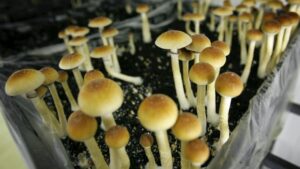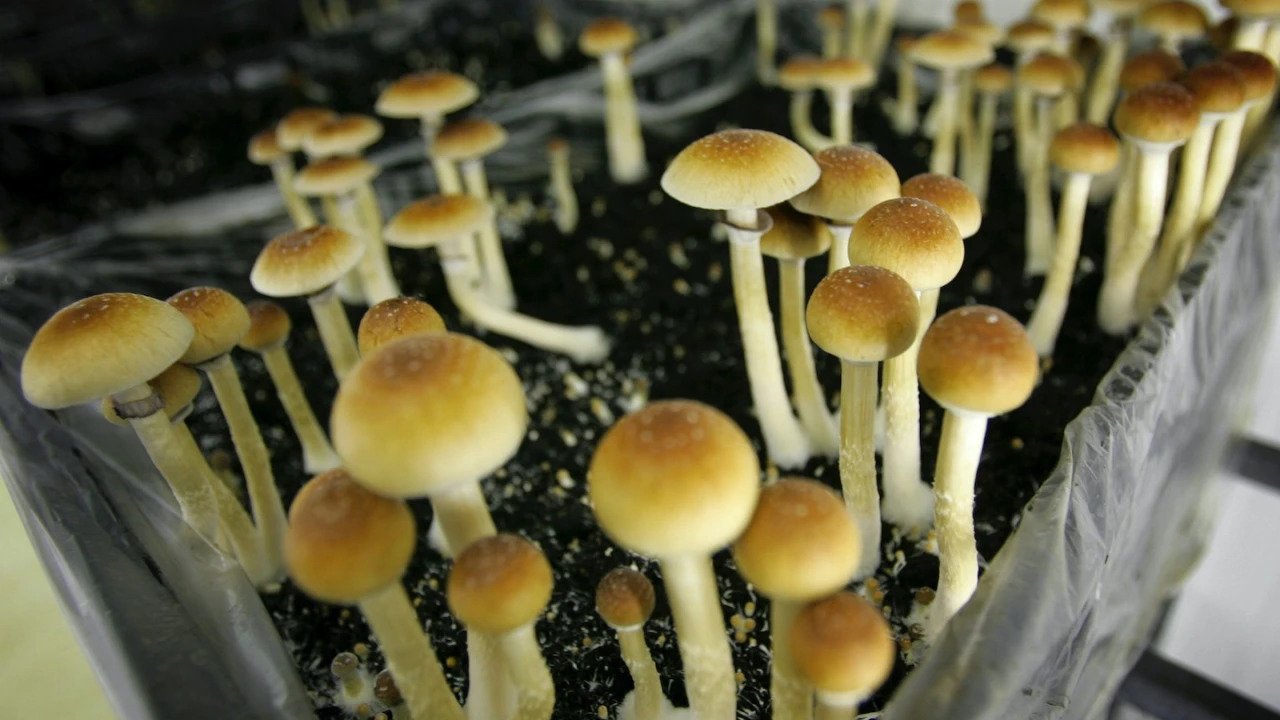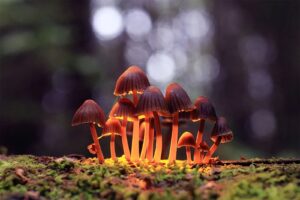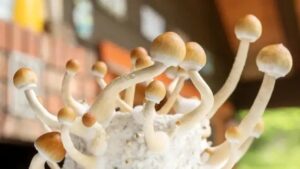
Welcome to WordPress. This is your first post. Edit or delete it, then start writing!

A mushroom is the fleshy, spore-bearing fruiting body of a fungus. Fungi are a separate
kingdom of life, distinct from plants, animals, and bacteria. They play important
ecological roles in decomposing organic matter and forming symbiotic relationships
with other organisms.
The mushroom itself is the visible, above-ground part of the fungus that contains the
spores needed for reproduction. Mushrooms come in a variety of shapes, sizes, and
colors, and they can be found in many different habitats around the world. Some
mushrooms are edible and are cultivated for food, while others are poisonous and can
be dangerous if ingested.
It’s worth noting that not all fungi produce mushrooms. Some fungi produce other
structures such as brackets or cups, while others are not visible at all and exist only as
mycelium, which is the network of thread-like structures that grows underground or
within other organisms.
The legal psilocybin program in Oregon, which was established by Psilocybin is a naturally occurring psychedelic compound found in certain species of
mushrooms. It belongs to a class of compounds known as tryptamines, which have
similar chemical structures to the neurotransmitter serotonin. When ingested,
psilocybin is converted by the body into psilocin, which is responsible for the
hallucinogenic effects associated with the consumption of “magic mushrooms.”
Psilocybin has a long history of use in various cultural and spiritual practices, and has
recently gained attention for its potential therapeutic benefits. Research suggests that
psilocybin may be effective in treating a variety of mental health conditions, including
depression, anxiety, and addiction. It is thought to work by altering the activity of certain
brain networks, leading to changes in perception, mood, and cognition.
It is worth noting that psilocybin is a controlled substance in many countries, including
the United States. Its use is illegal outside of clinical trials and research settings, and
can pose risks to physical and mental health if not used responsibly and under the
guidance of trained professionals.109, allows for
licensed therapists to administer psilocybin to patients for the purpose of treating mental health
conditions such as depression, anxiety, and PTSD.
Here is an overview of how the program works:
Growing mushrooms requires specific techniques and tools to create the right growing
environment. Here is a general overview of the steps involved in growing mushrooms:
It’s important to note that growing mushrooms can be a complex and sometimes
challenging process, and requires careful attention to detail and proper sterilization
techniques to avoid contamination. Additionally, growing psilocybin mushrooms is
illegal in many countries and should only be done under the guidance of a licensed
professional or researcher.
Psilocybin is produced by several species of mushrooms, commonly referred to as
“magic mushrooms” or “shrooms.” Some of the most common species include:
● Psilocybe cubensis: a large, widely distributed species found in warm, humid
climates.
● Psilocybe semilanceata: a smaller species commonly found in grassy areas and
pastures in cooler climates.
● Psilocybe azurescens: a species native to the Pacific Northwest region of the
United States, known for its high potency.
● Psilocybe cyanescens: a species found in coastal regions of the Pacific
Northwest and Europe, also known for its high potency.
There are many other species of mushrooms that contain psilocybin or related
compounds, but these are among the most commonly encountered. It’s important to
note that not all mushrooms are safe to consume, and some can be deadly if ingested.
Therefore, it is important to properly identify any mushrooms before consuming them,
and only consume mushrooms from a reputable source.
A licensed psilocybin facilitator is an individual who has obtained a license from the Oregon
Here is a general list of tools and supplies that are typically needed to grow psilocybin
mushrooms:
It’s important to note that specific tools and supplies may vary depending on the
growing method and technique used. Additionally, growing psilocybin mushrooms is
illegal in many countries and should only be done under the guidance of a licensed
professional or researcher.
Health Authority to provide psilocybin-assisted therapy at a licensed psilocybin service center in
Oregon. The licensing process is expected to involve meeting certain qualifications, completing
specific training programs, and demonstrating competency in the safe and effective use of
psilocybin and best practices for conducting psilocybin-assisted therapy sessions. The goal of
licensing psilocybin facilitators is to ensure that individuals who receive psilocybin therapy in
Oregon do so in a safe, controlled, and therapeutic environment under the guidance of qualified
professionals.
Being a competent and compassionate facilitator involves having a combination of skills, traits,
and qualities that enable you to effectively guide and support individuals or groups towards
achieving their goals while also showing empathy and concern for their well-being. Here are
some characteristics that I believe exemplify a competent and compassionate facilitator:
A licensed psilocybin facilitator is an individual who has obtained a license from the Oregon Here is a general list of tools and supplies that are typically needed to grow psilocybin
mushrooms:
It’s important to note that specific tools and supplies may vary depending on the
growing method and technique used. Additionally, growing psilocybin mushrooms is
illegal in many countries and should only be done under the guidance of a licensed
professional or researcher.
Health Authority to provide psilocybin-assisted therapy at a licensed psilocybin service center in Oregon. The licensing process is expected to involve meeting certain qualifications, completing specific training programs, and demonstrating competency in the safe and effective use of psilocybin and best practices for conducting psilocybin-assisted therapy sessions. The goal of licensing psilocybin facilitators is to ensure that individuals who receive psilocybin therapy in Oregon do so in a safe, controlled, and therapeutic environment under the guidance of qualified professionals.
Being a competent and compassionate facilitator involves having a combination of skills, traits,
and qualities that enable you to effectively guide and support individuals or groups towards
achieving their goals while also showing empathy and concern for their well-being. Here are
some characteristics that I believe exemplify a competent and compassionate facilitator:
In some ways, growing psilocybin mushrooms is similar to growing cannabis, but there
are also some significant differences. Here are a few key differences and similarities:
Similarities:
Differences:
Overall, while there are some similarities between growing psilocybin mushrooms and
cannabis, there are also significant differences. Additionally, it’s important to note that
growing psilocybin mushrooms is illegal in many countries and should only be done
under the guidance of a licensed professional or researcher.


Chris Mitchem is the Founder of Project Circle, a legal psilocybin mushroom micro-dose service based in Portland, OR. Chris started Project Circle to help people live their best lives by conquering their anxiety, depression, addition, and PTSD.






One Response
Hi, this is a comment.
To get started with moderating, editing, and deleting comments, please visit the Comments screen in the dashboard.
Commenter avatars come from Gravatar.